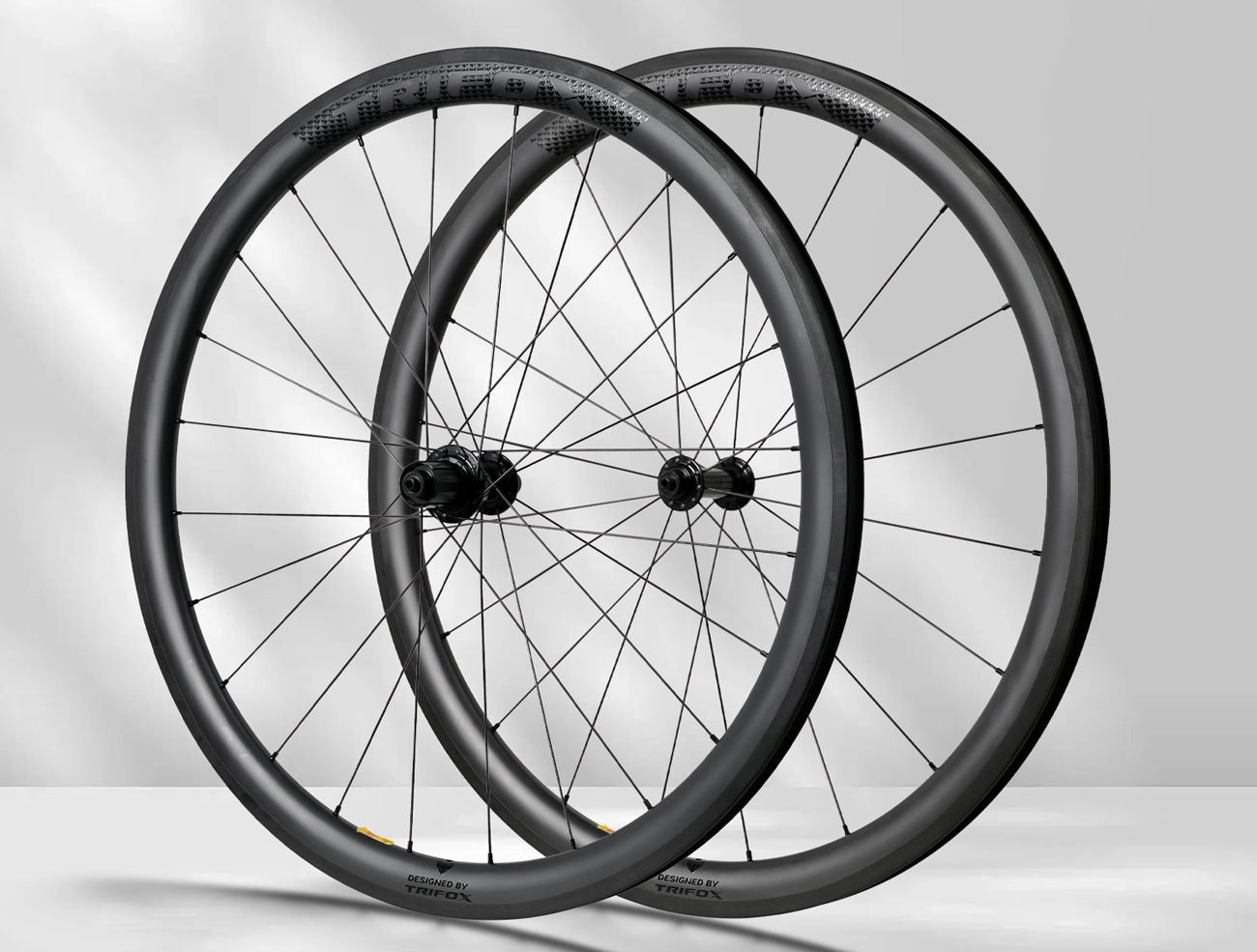When cycling a bicycle, many cyclists have experienced crashes. Now combined with some escape experience, I would like to refer to cyclists for reference.
1. Psychological preparation:
Any sport has its dangers, and two-wheelers are no exception. Cycling is also a two-wheeled sport, which is characterized by a certain speed or the cyclist’s own center of gravity adjustment technology to master the balance, in order to obtain a stable movement posture, and finally, drive to the destination. However, during exercise, if this balance is broken, the cyclist cannot adjust it back in time, and the phenomenon of losing balance will inevitably occur. . . An accident appeared here.
Therefore, since it is a sports event, there must be accidents during training and competition. Although protective gear can be used for protection, the degree of protection is still relatively limited. What really plays a decisive role is the driver’s quick response and self-protection actions. So as long as they participate in cycling, cyclists must always be mentally prepared to deal with accidents. Only by facing the accident correctly and keeping a clear and calm mind at the moment of the accident can we make timely and reasonable emergency measures. Protect yourself and reduce injuries caused by sports accidents.
2. Abandon the bicycle:
Loss of balance will inevitably face an abnormal landing. If it is determined that the situation can no longer be restored at this time, an escape action will begin. The first element of escape is to quickly abandon the bicycle. The advantage of the separation of people and bicycles is that people can face the embrace of the earth alone, instead of falling into a rolling bicycle. If the speed of abandoning the bicycle is not fast enough, the body posture will change because a certain part of the bicycle is bound to the body, which will have a great impact on the self-protection action after landing. The method of abandoning the bicycle is to throw the bike body to both sides. You must use both hands to throw the bicycle to the left or right, not your feet. If the legs are also involved in the action, it will also bring negative effects, causing the spatial posture of one’s body to change, and the body is slanted to the ground. Even if you have to move your legs, you can just retract your legs over the body of the bicycle to prevent the bicycle from tripping over you. Also remember to throw the bicycle to the sides, not front and back.

3. Landing:
The body must be relaxed before landing so that the muscles and joints are not tense, the flexibility is high, and the cushioning is good.
The first point: “support”. Support refers to the movement of the limbs (hands and feet) in order to well cushion the impact on the ground, temporarily maintain the body posture, and make adequate preparations for the full-scale landing of the body. Or there are other objects at the drop point, such as big rocks, branches, other riders, etc. . In order to avoid these things, it is very necessary to do a supporting action at this time. The support must be “soft support”, that is, the limb joints (elbow joint, knee joint, wrist, ankle) are properly bent, at a certain angle, and bent close to the body, so as to effectively cushion the impact. If the limbs are straightened, a “hard-to-hard” situation will be formed. Such a wrong support method will directly cause limb dislocations, fractures, and other injuries! Therefore, “unreasonable support action is better than no support”, this sentence is very popular in sports, and it is also a very reasonable theory of self-protection technology.
The second point: the torso landed. In any case, be sure to avoid landing on the ground directly. The consequences of frontal landing are very serious. The face and limbs are all directly damaged parts, and the damage is the greatest. Therefore, before landing, change the body posture by turning, letting the shoulder and back land, and then adding the homeopathic rolling action, this is an effective landing cushioning action.
The correct position of the shoulder landing is the position of the side and back of the shoulder joint close to the back. If it is the front or front side of the shoulder, the clavicle will be broken due to poor bearing capacity, and the shoulder joint will be easily dislocated. Landing on the back is a good way to land because the back muscles are thicker, and the natural arch can effectively resist impact and protect internal organs. When you land on your back, be sure to bend your neck forward to protect the back of your head. The key is to think “eyes look at your belly” when you touch the ground, so as not to let the back of your head hit the ground.
The third point: rollover. Rolling can reasonably eliminate the inertial momentum of the body forward after landing. At this time, you should relax your body, put your arms in front of your chest to protect your chest, and your legs will bend together naturally. The head should still be bent forward to avoid further injury during the roll. The roll direction is also best to be lateral, the vision will not be greatly affected, and the head is also well protected. If it starts straight ahead or straight behind, change the direction as soon as possible to roll sideways. Get up and flee the scene as soon as possible after the rollover, to avoid hitting you by the vehicles behind you. (The situation will be different depending on the competition event).



















































































